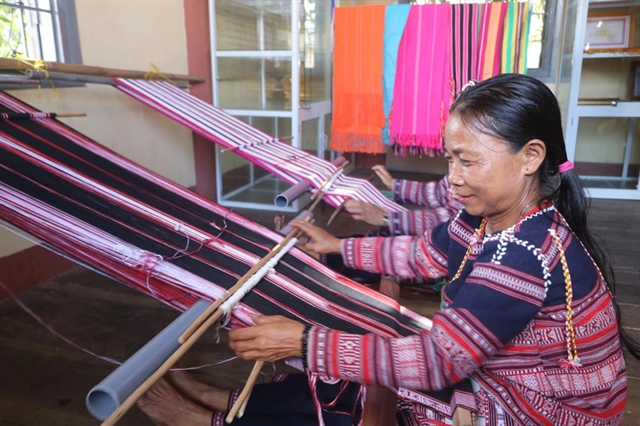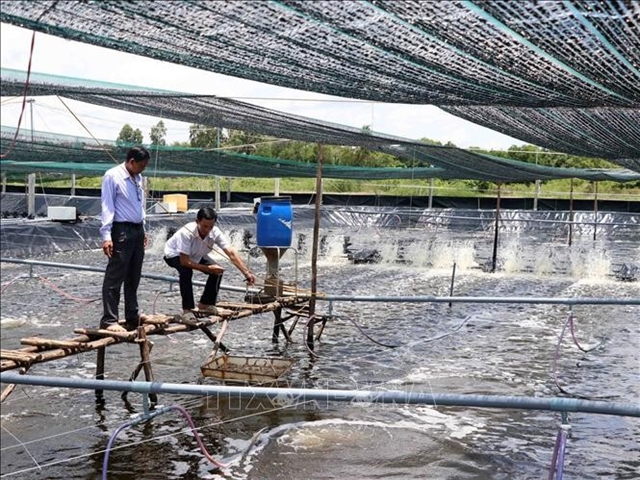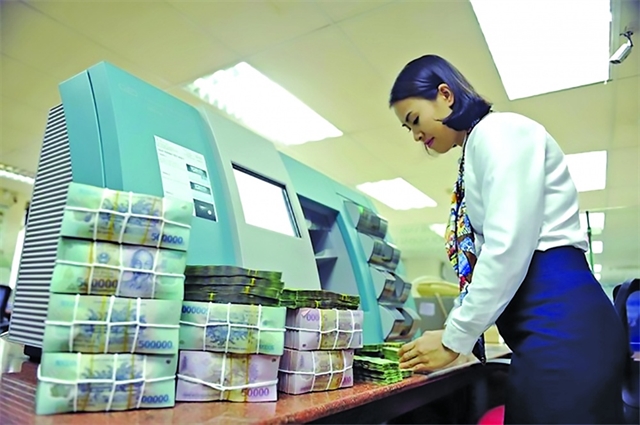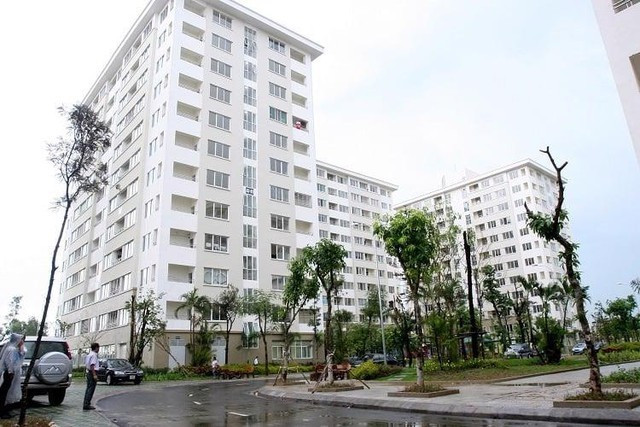 Society
Society
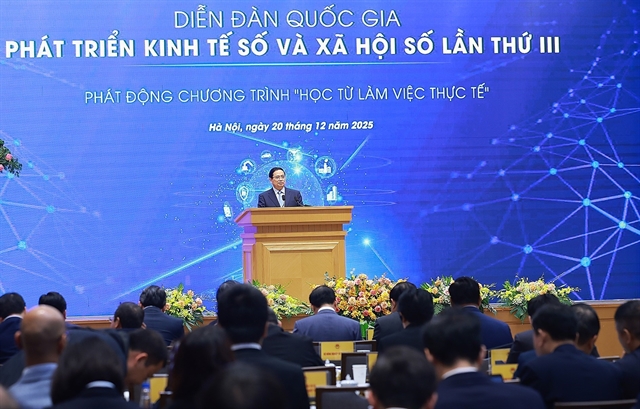
The National Assembly (NA) has issued a resolution that requires the investor of the proposed Long Thành International Airport to use its own funds instead of money from the Government.
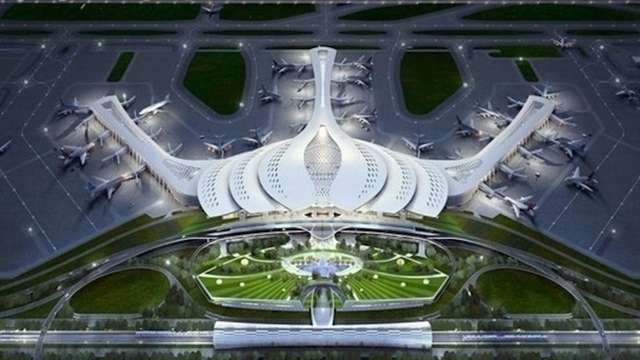
|
| A rendering of the proposed Long Thành International Airport to be built in the southern province of Đồng Nai. — Photo courtesy of the Airports Corporation of Việt Nam |
HCM CITY — The National Assembly (NA) has issued a resolution that requires the investor of the proposed Long Thành International Airport to use its own funds instead of money from the Government.
The NA’s Resolution 95 states the Government must ensure that the investor abide by principles of financial efficiency and national defence and security.
In a feasibility study submitted to the NA by the Ministry of Transport, the Government said it preferred to assign the State-owned Airports Corporation of Việt Nam (ACV) as the investor for the mega airport project to be located in Đồng Nai Province.
ACV, which manages 21 airports across the country, would invest in the first runway, taxiways, a terminal, an aircraft parking space and other major infrastructure at the airport.
It needs to raise about VNĐ98 trillion (US$4.2 billion) for the project. ACV said it expected to have VNĐ36.6 trillion ($1.57 billion) by 2025, or 37 per cent of the investment.
ACV has been working with 12 domestic and international organisations to borrow the remaining amount at an interest rate of 5-5.5 per cent a year with a loan term of 15 years.
However, lawmakers have expressed concerns over the financial capacity of ACV to build the country’s largest airport, saying that it could add $2.63 billion to the public debt.
Vũ Hồng Thanh, chairman of the NA’s Economic Committee, said that ACV’s plan to borrow nearly $2.63 billion of the $4.2 billion needed for the project would likely be guaranteed by the Government, thus adding to the public debt.
Because ACV has already been tasked with expanding Tân Sơn Nhất International Airport and other airports, the Government should evaluate ACV's ability to raise more capital, he added.
Long Thành is a massive project that will affect national defence and security, and the appropriate investor must be chosen to assure efficiency and socio-economic development, according to Thanh.
Ninety per cent of NA deputies approved Resolution 95 which addresses the feasibility report for a runway, terminal and other components in the first phase of construction, with the aim of serving 25 million passengers and 1.2 million tonnes of goods each year by 2025.
Total investment of the airport should not exceed VNĐ336.63 trillion ($16 billion) as approved in June 2015, with the first phase costing around VNĐ111.69 trillion ($4.8 billion), it said.
The NA also agreed to divide the national defence area of 1,050 hectares into two main parts. An area of 480 hectares will be used to develop the airport with military actions prioritised.
Under the NA resolution, two roads connecting the airport with Highway 51 and HCM City – Long Thanh – Dầu Giây expressway will be added.
The Government is expected to build a transport system connecting the airport area with the Southern Key Economic Region.
The NA has also urged the Government to speed up land clearance for the huge project, saying that the current process was too slow.
The airport proposal was approved by the NA four years ago, but funding has remained a significant issue.
Construction was expected to start early next year. To be built in three phases over three decades, it would be the country’s largest airport.
The first phase is scheduled for completion in 2025, with a capacity of 25 million passengers a year. The next two phases would run from 2030 to 2035 and from 2040 to 2050.
Once completed, it would have an annual capacity of 100 million passengers and five million tonnes of cargo.
Located 40km east of HCM City, the Long Thành airport is expected to relieve overloading at Tân Sơn Nhất International Airport in HCM City, the country’s largest airport. — VNS

